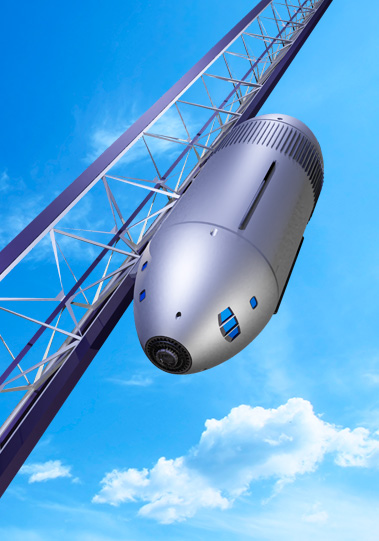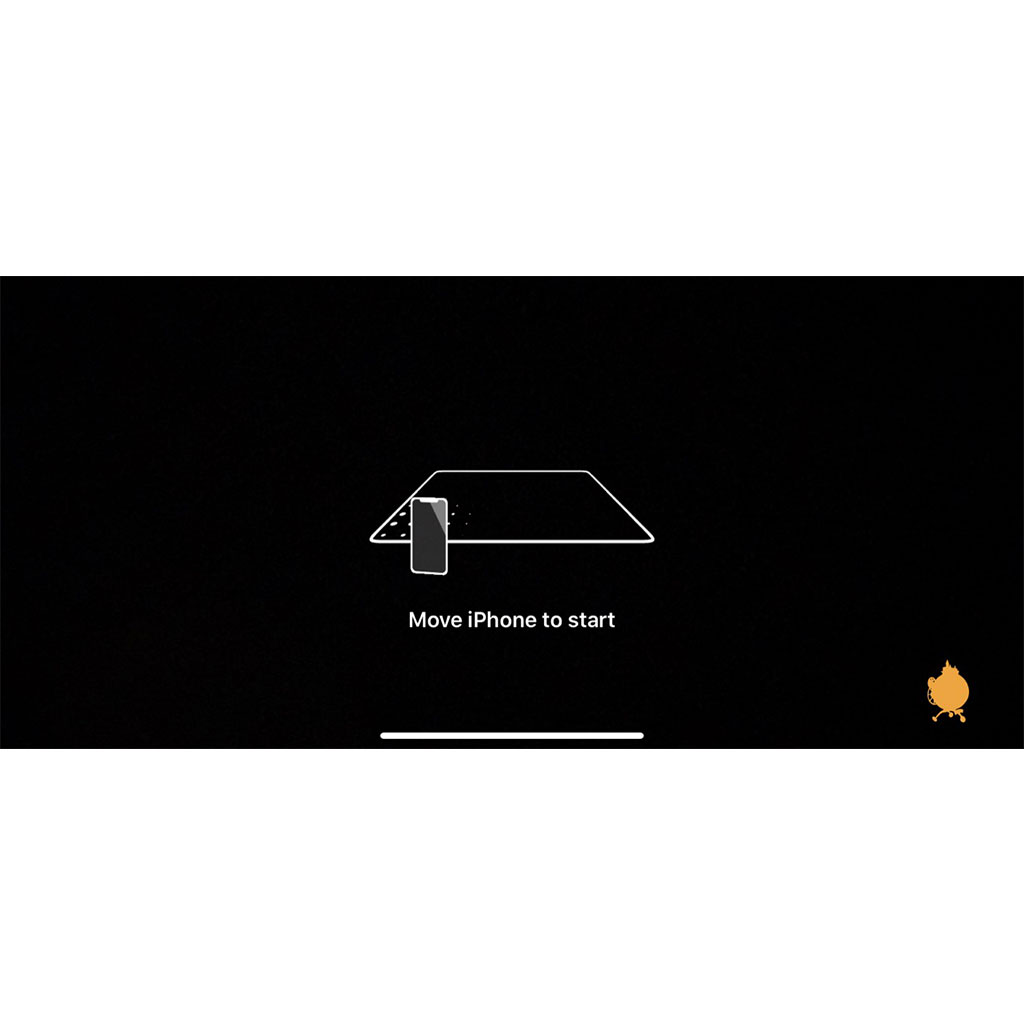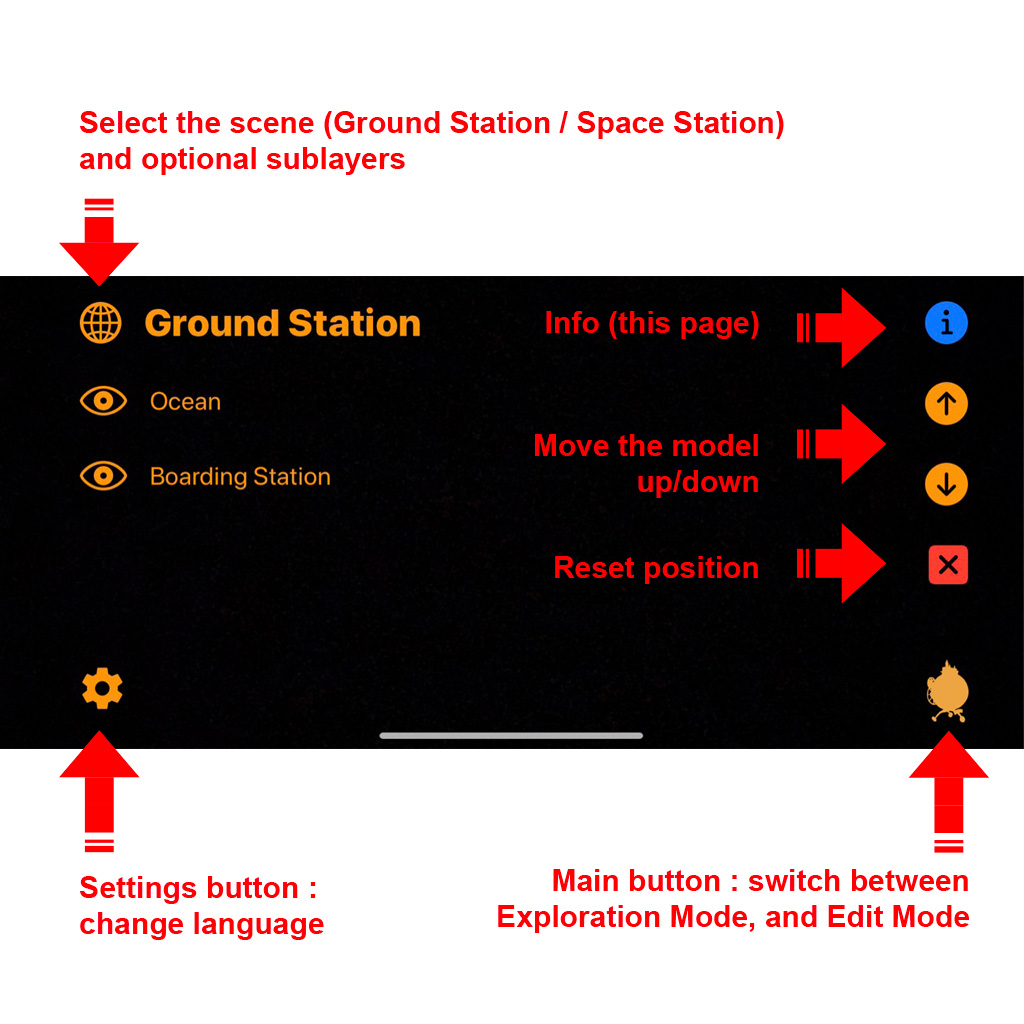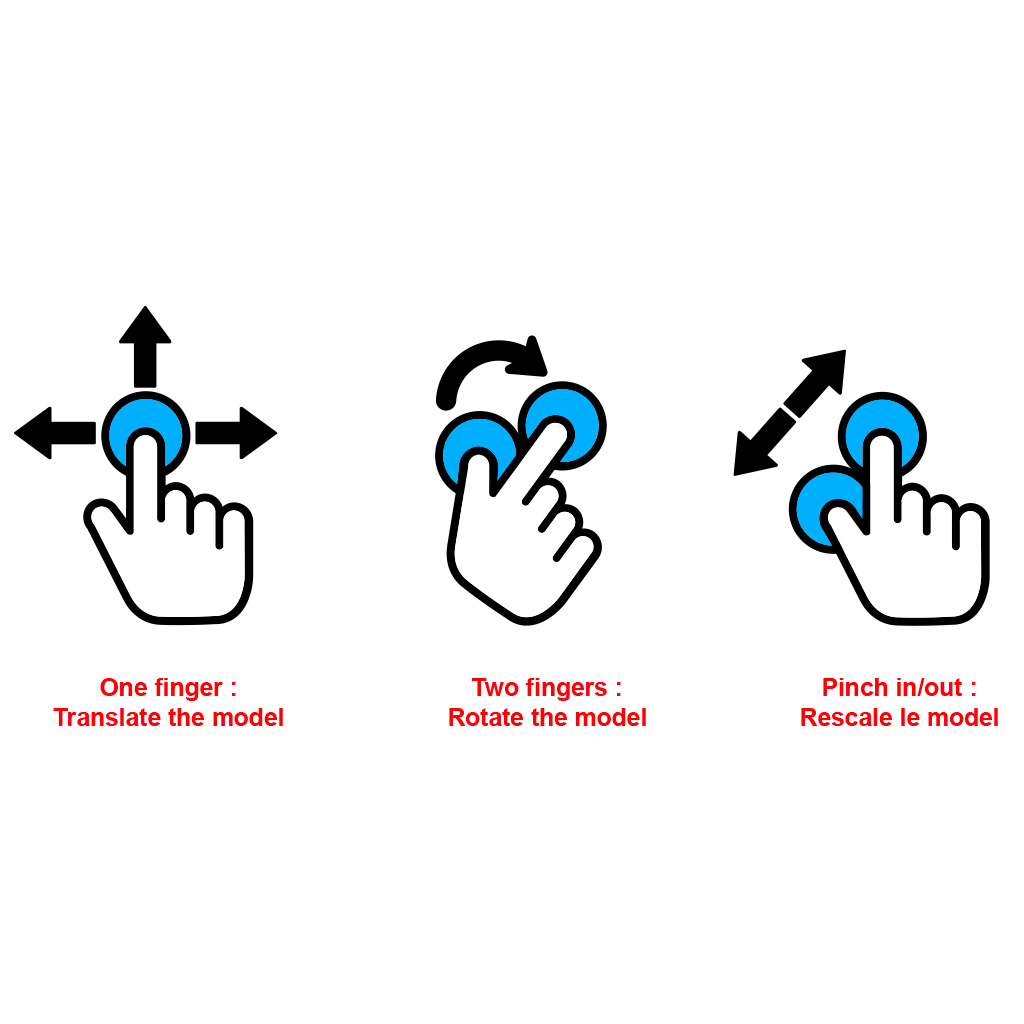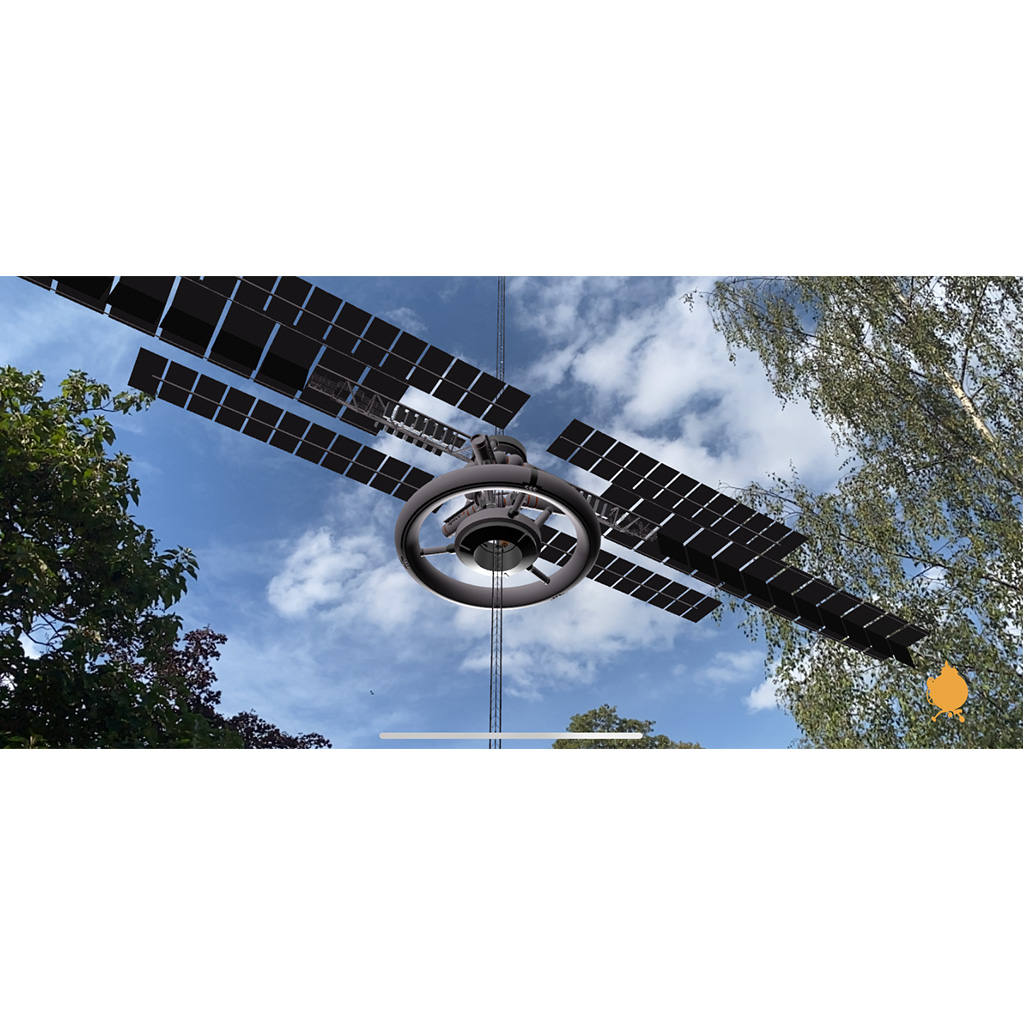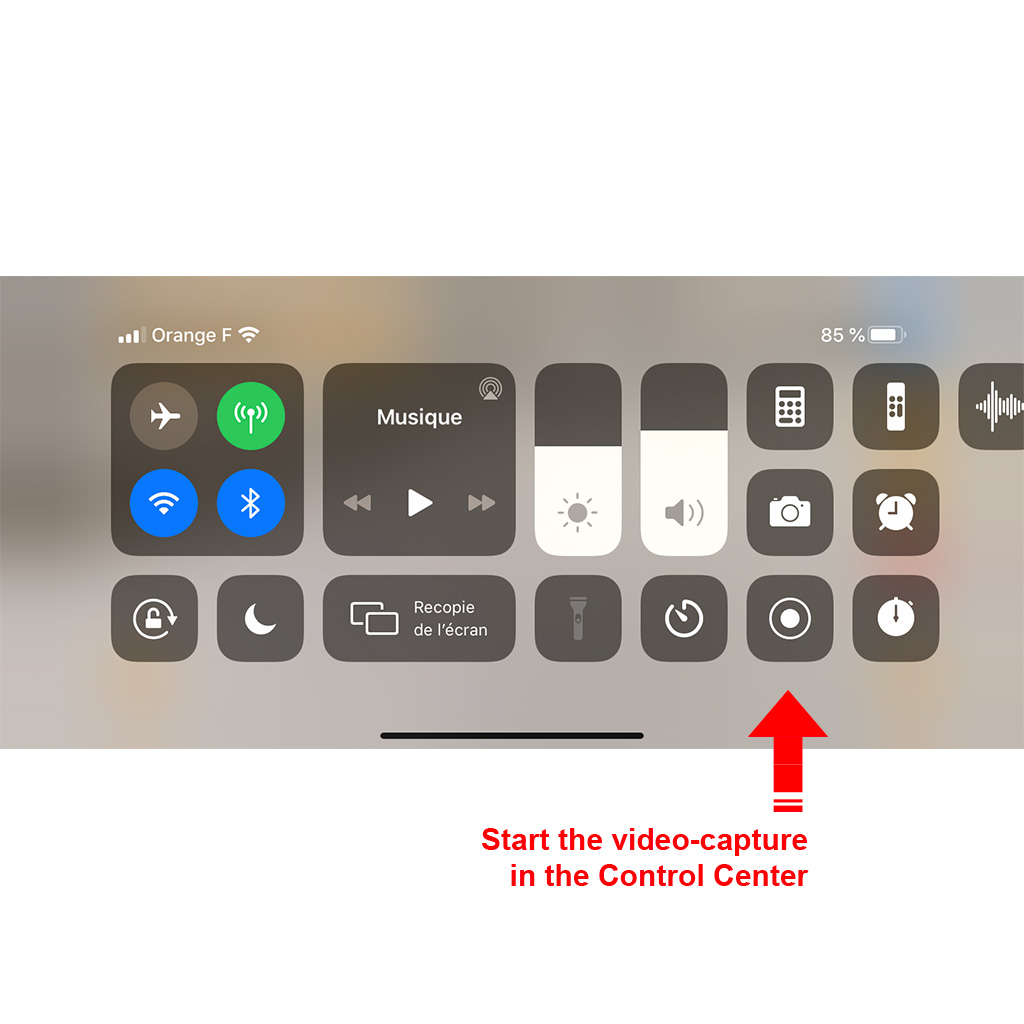The Space Elevator is an old idea, originally proposed by the pioneer of astronautics Konstantin Tsiolkovsky, inspired in 1895 by the spectacle of the brand new Eiffel Tower. As a matter of fact, what is more natural, to leave ground level, than an elevator?
But is there a material resistant enough to make the immense cable, thousands of kilometers long, connecting the surface of the Earth to Space ? Even the most resistant metal fibers used for the construction of suspension bridges would not withstand the internal tensions of the cable, mainly caused by the own weight of the metal...
During the 1990s, new studies on carbon nanotubes revealed a solution to this seemingly intractable problem : structures made up of carbon atoms forming a tube of hexagonal section, make it possible to manufacture materials both very light and with extraordinary mechanical properties - nearly ten times lighter than steel but 100 times more resistant.
Then, is the Space Elevator for tomorrow ? As we can imagine, significant technological obstacles remain : studies on carbon nanotubes are progressing every year, but we do not yet master the production of fibers long enough to make cables thousands of kilometers long ; when this point is resolved, the question will be to build the elevator - probably from an orbital factory - with the delicate stage of anchoring the cable to the ground ; lastly, the performance of on-board electric batteries used for the propulsion of elevator cabins will have to be be improved.
However, none of these technological challenges seem insurmountable. The space elevator is no longer a pure science fiction speculation, but a scientifically plausible concept which could one day revolutionize our relationship to space.
To learn more about the space elevator, we particularly recommend the excellent novel published in 1979 by Arthur C. Clarke, Fountains of Paradise.
3D Design and software development : Olivier Boisard
Scientific publications by Olivier Boisard about Space Elevator:
The Polar Reel, a Novel Approach for Implementing a Space Elevator
Jean-Yves Prado (Platineo / ret. CNES), Olivier Boisard, Alain Perret (ret. CNES), André Vargas (CNES).
International Astronautical Conference 2018 (IAC-2018), Adelaide - Australia, 2017
From the Earth to the Moon by Gondola
Jean-Yves Prado, Alain Perret, Olivier Boisard, André Vargas
International Astronautical Conference 2018 (IAC-2018), Bremen - Germany, 2018

